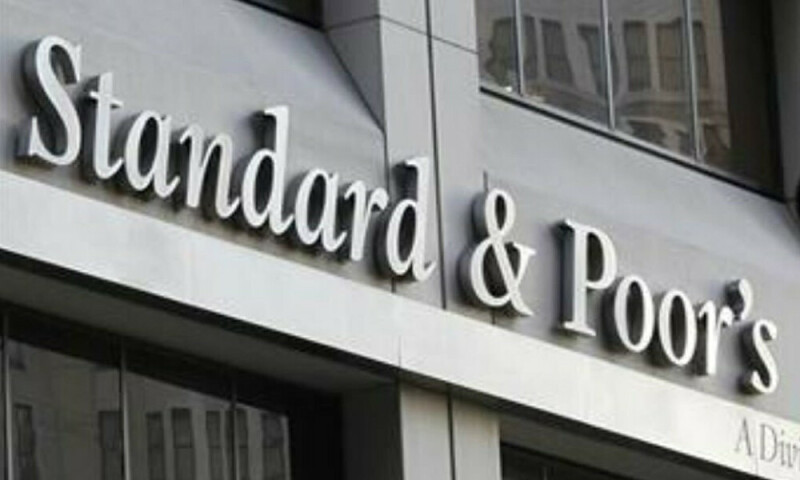MUMBAI: S&P upgraded India’s long-term sovereign credit rating on Thursday, with the agency citing New Delhi’s “commitment to fiscal consolidation” and its “buoyant economic growth”.
The US ratings agency said it was upgrading the world’s fifth-largest economy from BBB- to BBB, adding that it expects the impact of US President Donald Trump’s tariff blitz on India to be “manageable”.
The outlook on the long-term rating, S&P noted, is “stable”.
“The upgrade of India reflects its buoyant economic growth, against the backdrop of an enhanced monetary policy environment that anchors inflationary expectations,” S&P said in a statement.
“Together with the government’s commitment to fiscal consolidation and efforts to improve spending quality, we believe these factors have coalesced to benefit credit metrics.”
India reels from US tariff hike threat
While India remains the world’s fastest-growing major economy, there has recently been a slowdown in urban demand and muted government expenditure.
The Indian economy expanded at its slowest pace in four years in the fiscal year that ended in March 2025.
New Delhi’s economic outlook has also been darkened in recent weeks by Trump’s decision to punish its purchases of Russian oil by threatening to increase tariffs from 25 percent to 50 percent.
But S&P believes that India’s growth prospects won’t be thrown off course as a result of Trump’s chaotic trade policies, noting that even the 50 percent tariffs would not “pose a material drag on growth”.
India and China eye border trade resumption
“India is relatively less reliant on trade and about 60 percent of its economic growth stems from domestic consumption,” the agency’s statement said.
“Factoring in sectoral exemptions on pharmaceuticals and consumer electronics, the exposure of Indian exports subjected to tariffs is lower at 1.2 percent of GDP,” it added.
“Though this may eventually result in a one-off hit to growth, we envisage the overall impact to be marginal and will not derail India’s long-term growth prospects.”
It added that even if India had to switch from importing Russian oil, the fiscal cost would be “modest” given the “narrow price differential between Russian crude and current international benchmarks”.


